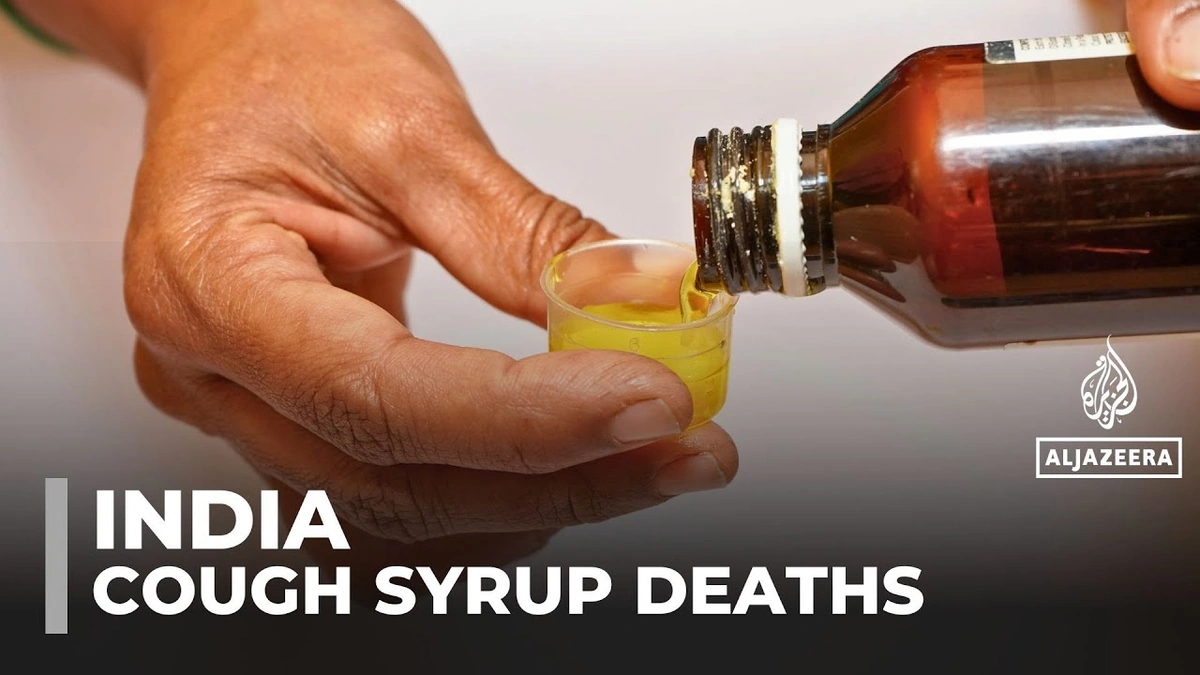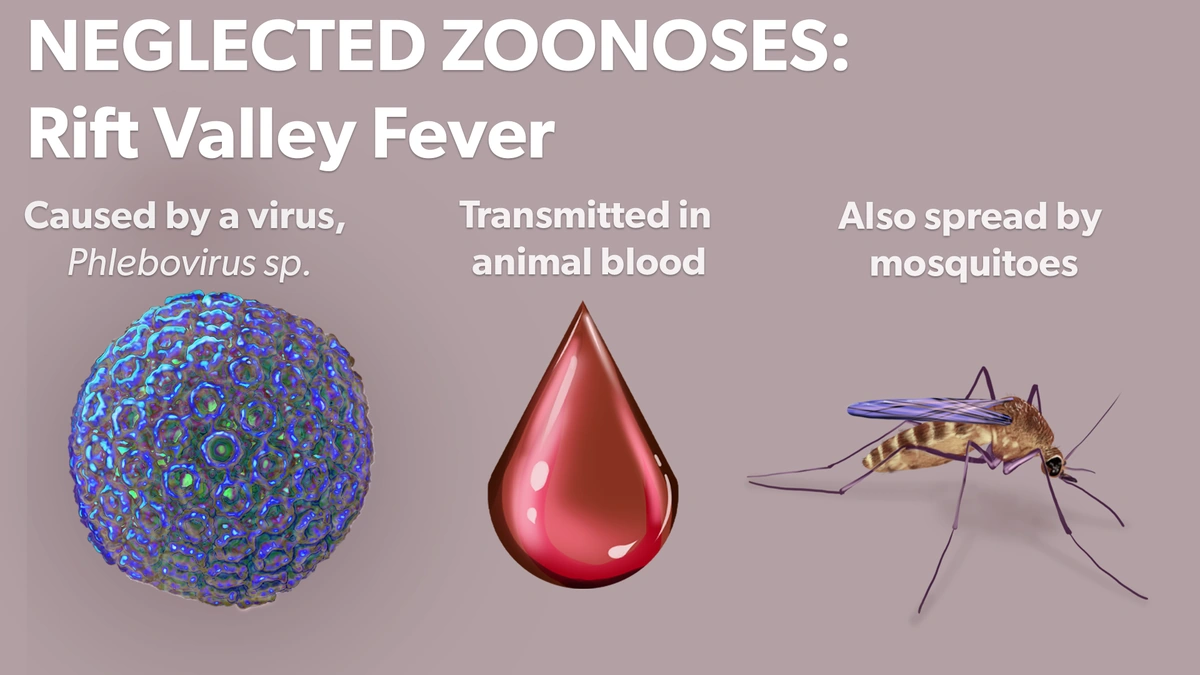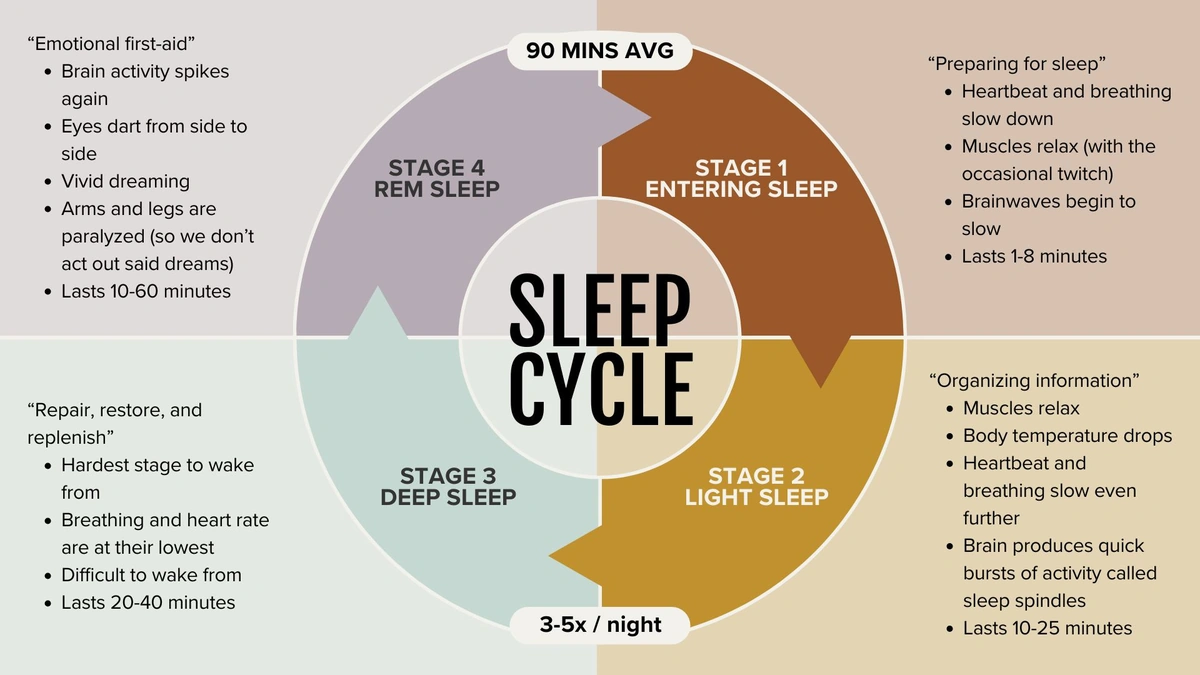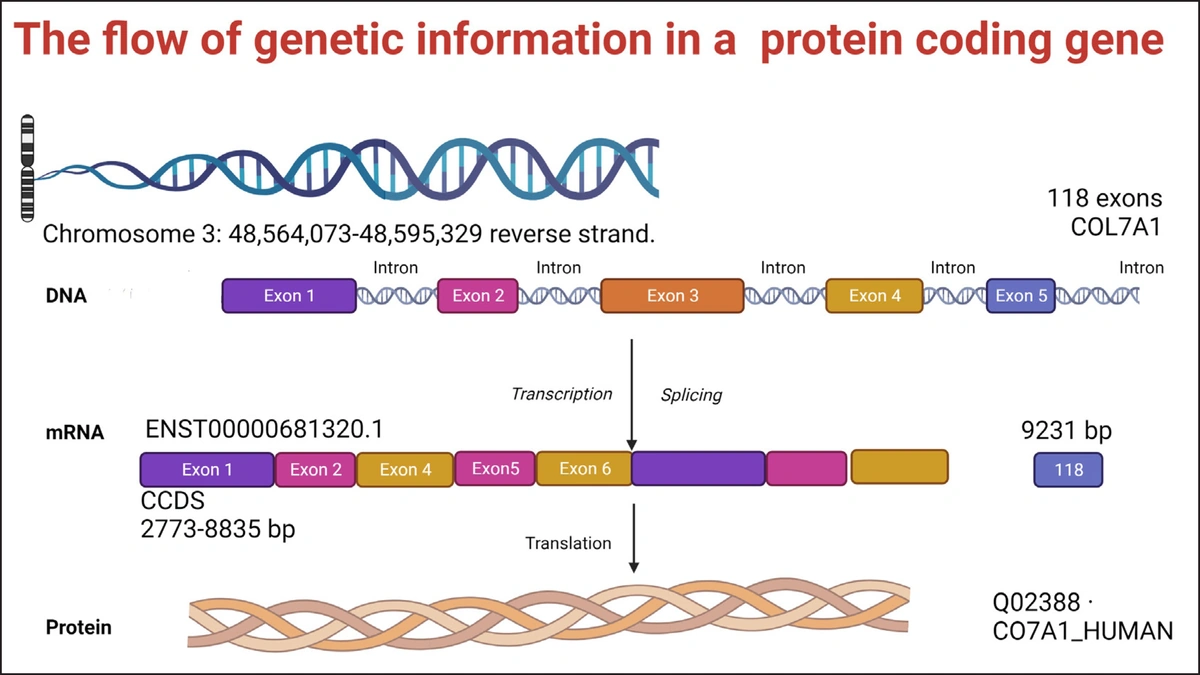Toxic DEG in Cough Syrup | A History of Scrutiny
Let’s be honest: the news about cough syrup deaths is terrifying. It’s not just a headline; it’s a real-world tragedy impacting families, often in countries where access to quality healthcare is already a challenge. But what fascinates me and what should deeply concern you is that this isn’t a new problem. It’s a recurring nightmare. So, the real question isn’t just “what happened?” but ” why does this keep happening, and what can be done to stop it?”
We’re not just talking about rogue incidents. We’re talking about a systemic failure in regulation, oversight, and accountability. What follows is a deep dive into the history of diethylene glycol (DEG) contamination in cough syrups, examining the root causes, the consequences, and, most importantly, what we can learn from these repeated tragedies.
A Timeline of Tragedy | DEG in Cough Syrup
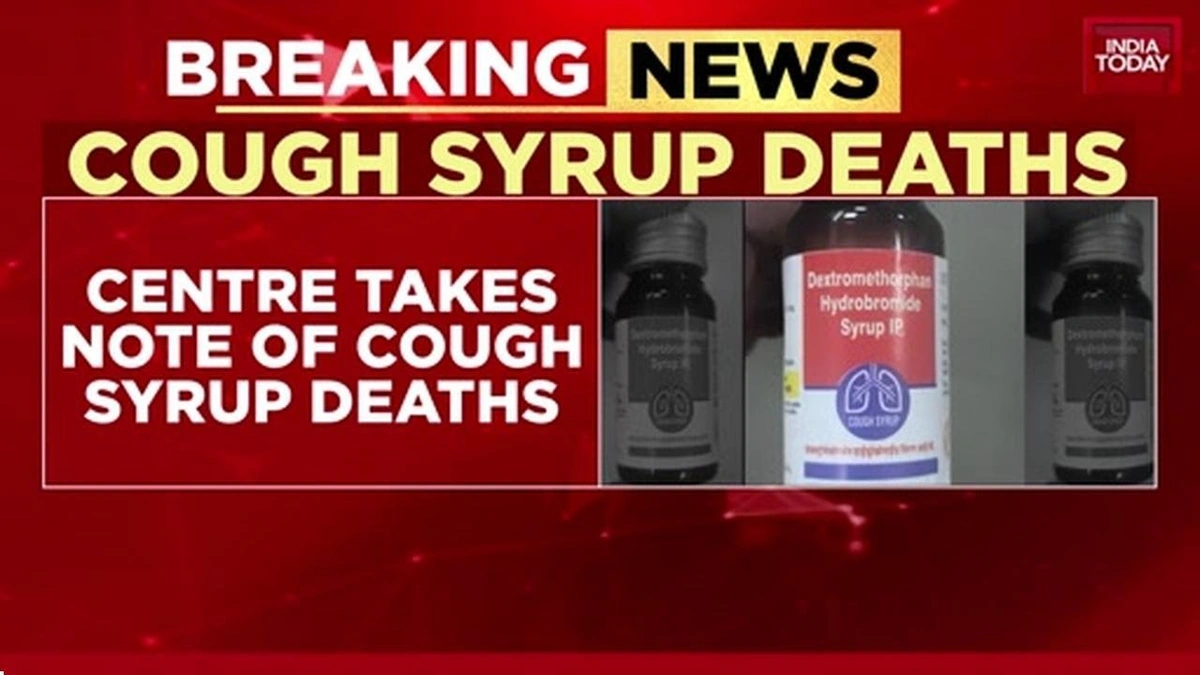
The story of toxic cough syrups isn’t a recent phenomenon. It’s a grim history stretching back decades. Here’s a brief timeline:
- 1937, USA: The infamous Elixir Sulfanilamide incident, where DEG was used as a solvent, led to over 100 deaths and spurred the passage of the 1938 Federal Food, Drug, and Cosmetic Act.
- 1985, India: Numerous deaths, primarily children, were linked to DEG-contaminated cough syrup.
- 1990s-2000s: Sporadic incidents in Nigeria, Bangladesh, Argentina, and other countries, each with its own heartbreaking toll.
- 2022-2023: A surge of cases in Gambia, Indonesia, and Uzbekistan, sparking international outrage and renewed scrutiny of pharmaceutical supply chains. This included the well documented case of deaths in Uzbekistan .
The common thread? Diethylene glycol (DEG) , a toxic industrial solvent, finding its way into cough syrups intended for children. But, and this is a big ‘but’, how does this happen, again and again?
The “Why” | A Perfect Storm of Failures
Several factors contribute to these recurring tragedies. It’s rarely just one thing, but a confluence of systemic weaknesses:
- Economic Incentives: DEG is cheaper than pharmaceutical-grade solvents like glycerin or propylene glycol. This creates a perverse incentive for unscrupulous manufacturers to cut costs.
- Weak Regulatory Oversight: In many countries, drug regulation is underfunded, understaffed, and vulnerable to corruption. This means that substandard or falsified medicines can enter the market with little or no scrutiny.
- Supply Chain Complexity: Pharmaceutical supply chains are often incredibly complex, involving multiple intermediaries and spanning across borders. This makes it difficult to track the origin and quality of ingredients.
- Lack of Quality Control: Inadequate testing and quality control procedures at manufacturing facilities allow contaminated ingredients to slip through.
- Absence of Stringent Penalties: Even when violations are detected, the penalties are often too lenient to deter future misconduct.
And, let’s be honest, the victims are often the most vulnerable: children in developing countries with limited access to healthcare. This isn’t just a public health issue; it’s a matter of social justice. The role of drug regulatory authorities is paramount here.
The Deadly Consequences | What DEG Does
Diethylene glycol (DEG) is highly toxic, primarily affecting the kidneys and nervous system. Symptoms of DEG poisoning can include:
- Nausea and vomiting
- Abdominal pain
- Kidney failure
- Neurological problems (e.g., seizures, altered mental status)
- Death
Children are particularly vulnerable due to their smaller body size and developing organs. The rapid onset of kidney failure is often the primary cause of death. The impact on families and communities is devastating, leaving a legacy of grief and distrust. The urgent need for global pharmaceutical safety is obvious.
The “How” | Preventing Future Tragedies
So, what can be done to prevent future cough syrup deaths ? It’s a multi-pronged approach requiring action at the local, national, and international levels:
- Strengthening Regulatory Oversight: Governments must invest in robust drug regulatory agencies with adequate funding, staffing, and authority. This includes implementing stricter GMP (Good Manufacturing Practices) standards and conducting regular inspections.
- Enhancing Supply Chain Transparency: Tracking and tracing ingredients from origin to finished product is crucial. This can be achieved through technologies like blockchain and improved collaboration between manufacturers, distributors, and regulators.
- Improving Quality Control: Manufacturers must implement rigorous testing and quality control procedures to detect contaminants like DEG. This includes testing each batch of ingredients before use.
- Raising Awareness: Educating healthcare professionals, pharmacists, and the public about the risks of substandard and falsified medicines is essential.
- International Collaboration: International organizations like the World Health Organization (WHO) play a vital role in coordinating global efforts to combat substandard and falsified medicines. This includes issuing alerts, providing technical assistance, and promoting best practices.
- Holding Perpetrators Accountable: Stringent penalties, including criminal prosecution, are needed to deter manufacturers and distributors from engaging in unethical and illegal practices.
These steps are crucial for improving pharmaceutical quality control across the globe. Also, let’s not forget the important role of consumer vigilance. If a medicine seems too cheap, or the packaging looks suspicious, it’s always best to err on the side of caution.
What Can You Do? A Call to Action
While systemic change is essential, individuals can also play a role in preventing future tragedies. Here are a few things you can do:
- Be Informed: Stay up-to-date on the latest news and alerts regarding substandard and falsified medicines.
- Be Vigilant: Carefully examine the packaging and labeling of medicines before use. Look for signs of tampering or counterfeiting.
- Buy from Trusted Sources: Purchase medicines only from reputable pharmacies and healthcare providers.
- Report Suspicious Products: If you suspect a medicine is substandard or falsified, report it to your local drug regulatory authority.
- Advocate for Change: Support organizations and initiatives working to improve drug safety and access to quality healthcare. You can find more about regulations around this here .
This isn’t just about safe medication practices ; it’s about protecting the health and well-being of our communities, especially the most vulnerable.
Conclusion | A Future Free From Fear
The history of toxic DEG in cough syrup is a stark reminder of the consequences of unchecked greed, regulatory failures, and systemic inequalities. But it’s also a call to action. By learning from the past, strengthening regulatory oversight, and empowering individuals to protect themselves and their communities, we can create a future where no child dies from a preventable poisoning. The fight for drug safety standards is a fight for human dignity and a future where access to safe and effective medicines is a right, not a privilege. It’s time to turn this history of scrutiny into a future of safety. After all, isn’t that what every child deserves?
FAQ
What is diethylene glycol (DEG)?
Diethylene glycol (DEG) is a toxic industrial solvent that should never be used in pharmaceuticals. Its presence in cough syrup is due to negligence or intentional adulteration.
How can I identify potentially dangerous cough syrup?
Check for unusual taste, smell, or appearance. Buy from trusted pharmacies and be wary of extremely low prices. Check the manufacturer and expiry date carefully.
What should I do if I suspect a cough syrup is contaminated?
Stop using it immediately and report it to your local drug regulatory authority. Seek immediate medical attention if you or someone you know experiences symptoms of poisoning.
Where can I report a suspected case of adulterated medicine?
Contact your local drug regulatory authority. In India, you can report to the Central Drugs Standard Control Organization (CDSCO).
Why do these incidents keep happening?
A combination of factors, including cost-cutting incentives, weak regulations, complex supply chains, and lack of stringent penalties, contributes to recurring incidents.
What is the role of the WHO in preventing this?
The World Health Organization (WHO) issues alerts, provides technical assistance, and promotes best practices to combat substandard and falsified medicines globally.
